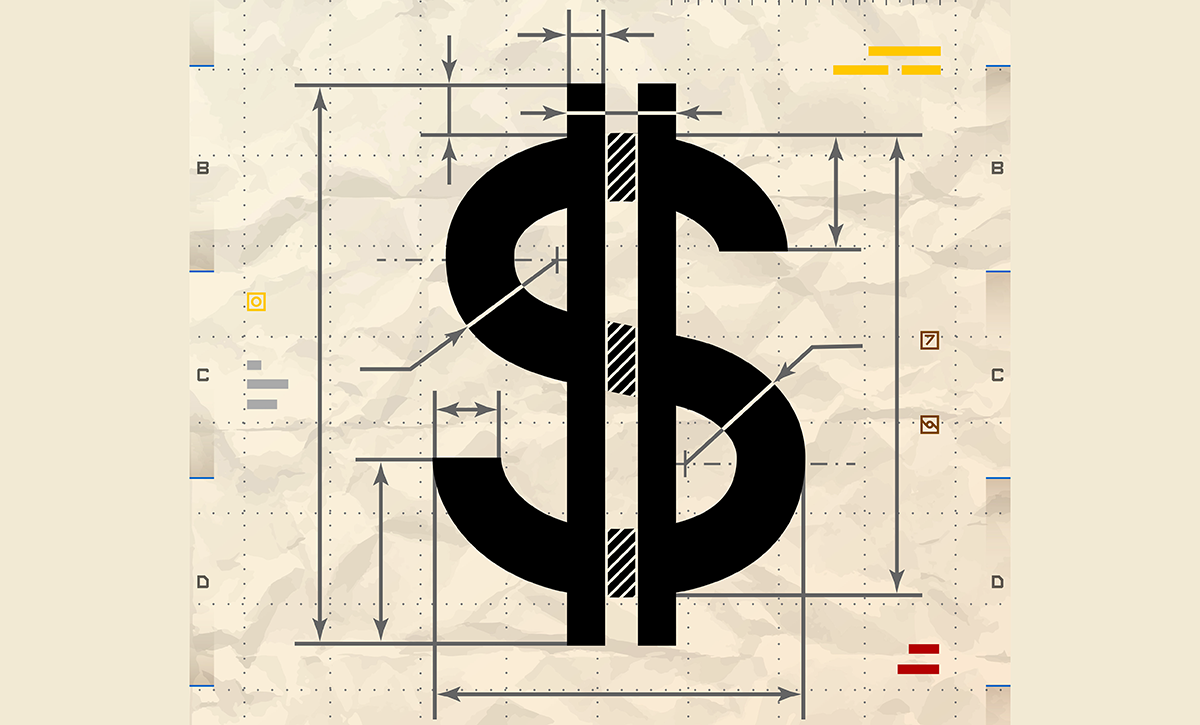
For most corporate treasury teams, financial risk management priorities consist of protecting the financial statements from volatility in currency values and interest rates. Hedging commodity risk often falls farther down treasury's to-do list. But commodity costs can move suddenly and dramatically. If treasury's risk analyses don't include scenarios with wild swings in commodity prices, the company may be caught out by unnoticed exposures.
To understand how organizations are currently being affected by commodity price volatility, and what they should be doing to guard against future risks, Treasury & Risk sat down with Chatham Financial managing partner and chairman Amol Dhargalkar.
Recommended For You
.
Treasury & Risk: I understand that you've recently observed an uptick in the number of Chatham Financial clients that are looking to hedge against commodity price volatility. What is driving this trend?
Amol Dhargalkar: This increased interest is primarily a result of companies feeling the effects of commodity price volatility. For example, natural gas prices in Europe doubled in 2022 with no warning. Soybean oil fell from nearly 90 cents a pound to below 30 cents in about a year. And the price of gold rose nearly $600 per ounce from October of last year to May of this year.
If you look at any commodity, you will see that big swings happen regularly. That's why it is important for companies that have exposure to commodity prices to put in place a routine risk management program instead of a reactive program. Once a commodity price is moving in the wrong direction, it's hard for an organization—especially a large organization—to move quickly enough to protect its financials, considering all the steps that need to be taken to execute and maintain a commodity hedging program.
.
T&R: What is the biggest obstacle to normalizing commodity risk management in the typical organization?
 AD: Most companies are highly reactive in how they manage commodity risk. Nobody pays attention until commodity costs start rising rapidly. Then senior leadership may become concerned about risk management briefly while prices are high, but once costs fall again, they go back to being comfortable and choose not to pay attention to the risk.
AD: Most companies are highly reactive in how they manage commodity risk. Nobody pays attention until commodity costs start rising rapidly. Then senior leadership may become concerned about risk management briefly while prices are high, but once costs fall again, they go back to being comfortable and choose not to pay attention to the risk.
The spike in crude oil prices earlier this year is the perfect example. At the end of 2023, the price of a barrel of crude oil was in the low to mid 70s. This spring, it ran up into the mid 80s and low 90s, and Chatham was hearing from a lot of customers that were interested in hedging. By early June, it was back below $80 a barrel, and while we were hearing concerns about demand and whether enough oil was being pumped, commodity risk became a much less frequent topic of conversation with our clients.
That's a problem because crude oil, like all commodities, tends to be cyclical and volatile. Prices can rise and fall very quickly.
.
T&R: Is this tendency toward reactive risk management a problem in all types of companies?
AD: No, not all companies. Oil and gas companies, for example, pay very close attention to the price of those commodities. But for manufacturers or for businesses that rely heavily on transportation—companies with exposures to fuel costs that are not completely core to their business model—disinterest in commodity risk management is common.
The problem of disinterest is often compounded by the fact that, in many companies, it is incredibly hard for treasury analysts to get their hands on consolidated data around corporate commodity exposures. One of our clients is a retailer that has distribution centers for moving products to its customers. There are fuel costs associated with that distribution, but when I spoke to the treasurer to get an understanding of the company's forecast for total fuel spend, I discovered that the data is distributed and held in lots of different places within the organization.
This is not uncommon. In many companies, the treasury team would have to spend a significant amount of time just to gather data on commodity risks. Then, if the treasury team were able to calculate the risk, they would have to figure out how to create alignment within the organization around managing that risk. Because unlike interest rate risk, which is generally agreed to fall on treasury, commodity risk may affect departments throughout the company. Supply chain, procurement, and individual business units may feel that risk, in addition to treasury and finance.
Commodity risk management is the definition of a corporate team sport. When you couple this situation with the reactive orientation of many management teams, it is no surprise that many companies realize their risks only after they start feeling the pain of rising prices.
.
T&R: Does this mean a company can become more proactive in commodity risk management just by bringing together the right data in one place?
AD: Not necessarily. The challenge runs deeper than databases. The different groups within the company that are affected by swings in commodity prices may have different tools available to deal with that risk. If you're in procurement, the tools at your disposal may be supplier contracts: You can negotiate with your supplier to get a certain quantity of the commodity at a certain price over a period of time. By contrast, treasury doesn't hold the supplier relationships, but treasury can do financial hedging, using derivative contracts—OTC [over-the-counter] or maybe futures, whatever the case may be.
We have seen instances where procurement has one approach and the company's treasury team takes a different approach. Unless these teams come together, their efforts might cancel each other out, or—in a worst-case scenario—double up on the risk.
Even in less dramatic cases, the company's incentive structure might encourage procurement to reduce costs year over year, while treasury has a mandate to minimize risk. And those two objectives may not lead to the same set of actions. Reducing costs may lead to decisions like 'Hey, let's wait to purchase the commodity until prices go down,' whereas minimizing risk could look like 'Hey, let's take the risk off the table right now by hedging it away.' That type of conflict is not reflective of anybody doing a bad job; it is simply an outcome of the way the incentive structure is set up and a lack of alignment between different groups' objectives.
.
T&R: So, how can a treasury team build alignment within the company around commodity risk management?
…
Read Amol's response in Part 2 of this article.
© Touchpoint Markets, All Rights Reserved. Request academic re-use from www.copyright.com. All other uses, submit a request to [email protected]. For more inforrmation visit Asset & Logo Licensing.



